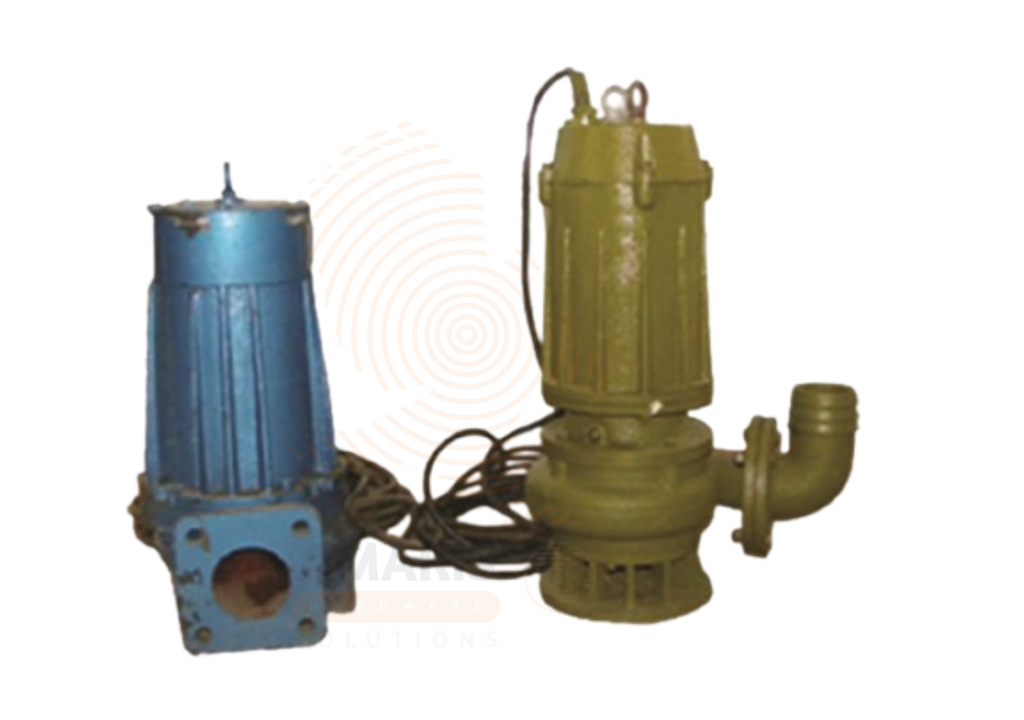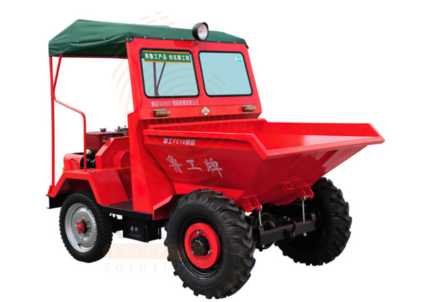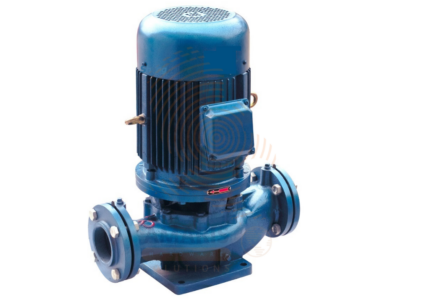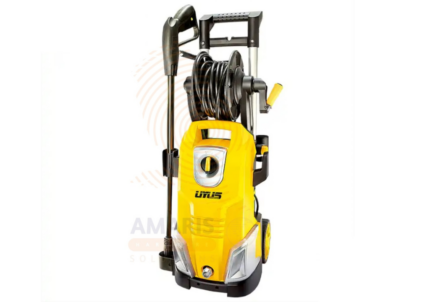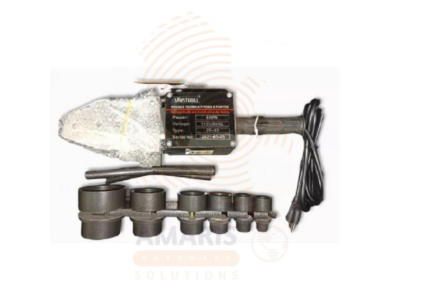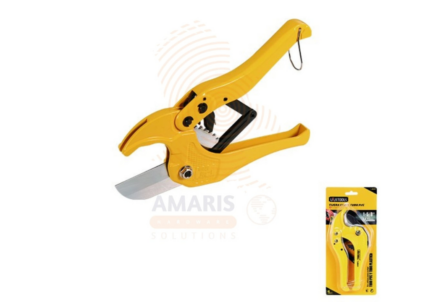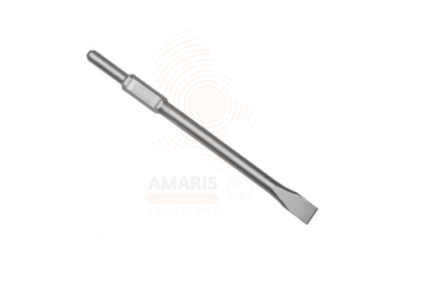
SDS - PH65 Stone Flat Chisel
$29.81 Original price was: $29.81.$28.32Current price is: $28.32.
Sewage Pump
WhatsApp Order
A sewage pump is a submersible pump designed specifically to move wastewater and solid waste from one location to another, typically from a building’s sewage basin to a septic tank or sewer system. Engineered to handle solids-laden liquids, it is built with corrosion-resistant materials and robust impellers capable of processing human waste, sludge, and debris. Sewage pumps are commonly used in residential, commercial, and industrial sanitation systems, particularly where gravity flow is not possible. They are essential in managing waste efficiently, reducing health risks, and maintaining hygienic conditions.
Description
Table of Contents
ToggleSewage Pump
Uses
-
Domestic Sewage Management
o Transfers waste from basement bathrooms and laundry rooms to main sewage lines.
o Prevents backflow and flooding in low-lying residential areas. -
Septic System Assistance
o Pumps sewage into septic tanks where gravity cannot suffice.
o Ensures consistent flow in rural and off-grid systems. -
Commercial Wastewater Disposal
o Moves large volumes of sewage in commercial properties like restaurants and malls.
o Handles high loads and heavy-duty operations. -
Industrial Effluent Transfer
o Removes liquid waste and sludge from factories or processing plants.
o Supports safe and compliant waste disposal operations. -
Stormwater and Flood Control
o Assists in pumping floodwater mixed with debris from basements or garages.
o Prevents waterlogging and structural damage. -
Municipal Sewage Systems
o Transfers sewage from collection points to treatment facilities.
o Used in lift stations and urban sewer networks. -
Wastewater Treatment Plants
o Handles raw sewage inflow in the initial stages of treatment.
o Facilitates sedimentation and filtration processes. -
Agricultural Waste Handling
o Pumps slurry and animal waste in livestock farms.
o Helps manage sanitation and fertilization systems. -
Construction Site Drainage
o Removes wastewater and contaminated water from trenches and pits.
o Maintains dry and safe working environments.
SAFETY HANDLING PRECAUTIONS
Safety Precautions
-
Wear Protective Equipment
o Use gloves, goggles, and boots to protect from contaminants. -
Disconnect Power Before Maintenance
o Turn off and unplug the unit before inspection or cleaning. -
Avoid Direct Contact with Waste
o Do not touch sewage water directly; always use tools or PPE. -
Ensure Proper Ventilation
o Operate in well-ventilated areas to avoid harmful gas buildup. -
Install Backflow Prevention
o Use check valves to prevent reverse flow of sewage. -
Regularly Inspect Pump Components
o Check for blockages, impeller damage, and motor wear. -
Do Not Overload the Pump
o Ensure pump capacity matches application requirements. -
Use Ground Fault Circuit Interrupters (GFCI)
o Protect against electric shock in wet environments. -
Secure the Pump During Operation
o Ensure proper positioning and secure mounting to prevent tipping or movement.
Related products
Booster Pump
A booster pump is a mechanical device designed to increase the pressure of fluids, typically water, in plumbing and irrigation systems. It ensures adequate water pressure for residential, commercial, and industrial applications where existing pressure is insufficient. Booster pumps help maintain consistent flow rates and enhance system performance by compensating for pressure drops caused by elevation, friction, or demand fluctuations. They are essential in water supply systems, HVAC, and various manufacturing processes.
Hand Pump
PRODUCT DESCRIPTION
A hand pump is a manually operated device designed to draw or move fluids, typically liquids, from one place to another by using human force. It usually consists of a handle or lever that is manually operated to create suction or pressure, enabling the pumping action to transfer the fluid through a system of valves and pipes. Hand pumps are commonly used for various applications, such as extracting water from wells, transferring liquids between containers, or dispensing fluids in a controlled manner.
High Pressure Hose
A High Pressure Hose is a flexible and reinforced conduit designed to transport fluids, such as water, oil, or gas, under elevated pressure levels. Typically constructed with durable materials, such as synthetic rubber or thermoplastic compounds, high-pressure hoses are engineered to withstand and contain the force exerted by the fluid they convey. These hoses are commonly used in various industrial, automotive, and hydraulic applications where the need for efficient and secure fluid transfer at elevated pressures is paramount.
Hose for Air Compressor
PRODUCT DESCRIPTION
A hose for an air compressor is a flexible and durable conduit designed to connect the air compressor to pneumatic tools, equipment, or other devices requiring compressed air. Typically made of materials such as rubber, PVC, or hybrid blends, these hoses are capable of withstanding high pressure and provide a pathway for the compressed air to flow from the compressor to the intended application. The hose facilitates the efficient and controlled transfer of compressed air, enabling various pneumatic tools and devices to operate effectively in a wide range of industrial, automotive, and household applications.
Induction Motor Brushless Pressure Washer
The Induction Motor Brushless Pressure Washer is a high-performance cleaning tool designed for demanding tasks in both residential and industrial environments. Powered by a durable brushless induction motor, it delivers consistent, high-pressure water output for effective removal of dirt, grime, and stains on vehicles, driveways, machinery, and outdoor surfaces. Its brushless technology ensures quieter operation, longer motor life, and improved energy efficiency. Built with rugged components and ergonomic features, this pressure washer is ideal for users who require power, reliability, and low maintenance.
Plastic Pipe Welding Set
A plastic pipe welding set is a specialized equipment kit designed for joining or fusing plastic pipes through heat and pressure. It typically includes a welding machine, heating element, and various accessories required for the fusion process. The machine heats the ends of the plastic pipes to a molten state, and then they are pressed together to form a strong and durable bond as the material cools and solidifies. This welding process is commonly used in construction, plumbing, and other industries where plastic pipes are utilized for fluid or gas conveyance. The welding set ensures a secure and leak-free connection between plastic pipes, contributing to the overall integrity and reliability of the piping system.
PVC Pipe Cutter
A PVC pipe cutter is a specialized tool designed for the precise and efficient cutting of polyvinyl chloride (PVC) pipes. This handheld device typically features sharp, durable blades that can easily slice through PVC pipes of various sizes, ensuring clean and straight cuts. PVC pipe cutters are commonly used in plumbing, construction, and other applications where accurate and controlled pipe cutting is essential. These tools help facilitate the installation and maintenance of PVC pipes by providing a convenient and effective means of achieving accurate pipe lengths.
Tubing Cutter and Flaring Tool Set
This Tubing Cutter and Flaring Tool Set is an essential kit for plumbing, HVAC, and automotive applications, designed to provide precise and clean cuts along with professional-quality flares on tubing. The set includes a durable tubing cutter that easily slices through copper, aluminum, and soft steel pipes with minimal effort and a flaring tool that creates accurate, leak-proof flares to ensure tight fittings. Compact and easy to use, this kit is ideal for both professionals and DIY enthusiasts looking for reliable performance and lasting durability. Its ergonomic design and sturdy construction make tubing preparation efficient, helping you achieve secure connections every time.


 Acrylic Sealants
Acrylic Sealants Construction Adhesives
Construction Adhesives Double-Sided Tape
Double-Sided Tape Duct Tape
Duct Tape Electrical Tape
Electrical Tape Epoxy & Resins
Epoxy & Resins Masking Tape
Masking Tape
 Automotive Wrenches & Socket Sets
Automotive Wrenches & Socket Sets Battery Chargers & Jump Starters
Battery Chargers & Jump Starters Car Jacks & Stands
Car Jacks & Stands Car Wash & Detailing Products
Car Wash & Detailing Products Diagnostic Tools
Diagnostic Tools Tire Inflators
Tire Inflators Vehicle Lighting
Vehicle Lighting Oil & Lubricants
Oil & Lubricants
 Adhesives & Sealants
Adhesives & Sealants Bricks & Blocks
Bricks & Blocks Cement & Concrete
Cement & Concrete Drywall & Plaster
Drywall & Plaster Flooring (Tiles, Wood, Laminate)
Flooring (Tiles, Wood, Laminate) Lumber & Plywood
Lumber & Plywood Paints, Primers & Coatings
Paints, Primers & Coatings Insulation Materials
Insulation Materials Roofing Materials
Roofing Materials
 Circuit Breakers
Circuit Breakers Electrical Cables & Wires
Electrical Cables & Wires Switches & Sockets
Switches & Sockets Fuses & Relays
Fuses & Relays Connectors & Terminals
Connectors & Terminals Electrical Boxes & Panels
Electrical Boxes & Panels Conduit & Fittings
Conduit & Fittings Lighting Fixtures & Bulbs
Lighting Fixtures & Bulbs Extension Cords & Power Strips
Extension Cords & Power Strips
 Anchors
Anchors Bolts
Bolts Clips & Clamps
Clips & Clamps Screws
Screws Nuts
Nuts Washers
Washers Rivets
Rivets Nails
Nails Threaded Rods
Threaded Rods
 Hammers
Hammers Measuring Tools (Tapes, Levels, Calipers)
Measuring Tools (Tapes, Levels, Calipers) Screwdrivers
Screwdrivers Pliers & Cutters
Pliers & Cutters Saws & Blades
Saws & Blades Chisels & Punches
Chisels & Punches Allen Keys & Hex Keys
Allen Keys & Hex Keys Ratchets & Socket Sets
Ratchets & Socket Sets Wrenches & Spanners
Wrenches & Spanners
 Power Tool Accessories (Blades, Bits, Discs)
Power Tool Accessories (Blades, Bits, Discs) Rotary Tools
Rotary Tools Saws (Circular, Jigsaw, Reciprocating)
Saws (Circular, Jigsaw, Reciprocating) Drills & Drivers
Drills & Drivers Grinders & Sanders
Grinders & Sanders Heat Guns
Heat Guns Nail Guns
Nail Guns Impact Wrenches
Impact Wrenches Batteries & Chargers
Batteries & Chargers
 Pipes & Fittings (PVC, Copper, PEX)
Pipes & Fittings (PVC, Copper, PEX) Plumbing Tools
Plumbing Tools Pumps & Motors
Pumps & Motors Sealants & Adhesives for Plumbing
Sealants & Adhesives for Plumbing Valves & Taps
Valves & Taps Water Heaters
Water Heaters Drainage Systems
Drainage Systems Faucets & Fixtures
Faucets & Fixtures Hoses & Tubing
Hoses & Tubing
 Hinges & Latches
Hinges & Latches Hooks & Brackets
Hooks & Brackets Window Hardware
Window Hardware Chains & Cables
Chains & Cables Casters & Wheels
Casters & Wheels Shelving & Storage Systems
Shelving & Storage Systems Door Handles & Locks
Door Handles & Locks Drawer Slides & Cabinet Hardware
Drawer Slides & Cabinet Hardware
 Personal Protective Equipment (PPE)
Personal Protective Equipment (PPE) Respirators & Masks
Respirators & Masks Safety Glasses
Safety Glasses Safes
Safes Security Cameras
Security Cameras Gloves
Gloves Helmets
Helmets Ear Protection
Ear Protection Fire Safety Equipment
Fire Safety Equipment Locks & Padlocks
Locks & Padlocks Motion Sensors & Alarms
Motion Sensors & Alarms
 Garden Fencing
Garden Fencing Garden Furniture Hardware
Garden Furniture Hardware Lawn Mowers
Lawn Mowers Trimmers & Edgers
Trimmers & Edgers Shovels & Spades
Shovels & Spades Rakes & Hoes
Rakes & Hoes Pruning Shears & Loppers
Pruning Shears & Loppers Watering Systems (Hoses, Sprinklers, Nozzles)
Watering Systems (Hoses, Sprinklers, Nozzles)
 Interior Paints
Interior Paints Paint Brushes & Rollers
Paint Brushes & Rollers Paint Strippers & Thinners
Paint Strippers & Thinners Paint Trays & Accessories
Paint Trays & Accessories Exterior Paints
Exterior Paints Spray Paints
Spray Paints Primers & Undercoats
Primers & Undercoats Varnishes & Stains
Varnishes & Stains
 Gaskets & Seals
Gaskets & Seals Hydraulic Fittings
Hydraulic Fittings Industrial Fasteners
Industrial Fasteners Industrial Hoses
Industrial Hoses Lubricants & Greases
Lubricants & Greases Metal Sheets & Bars
Metal Sheets & Bars Bearings & Bushings
Bearings & Bushings Belts & Pulleys
Belts & Pulleys
 HVAC Filters
HVAC Filters Insulation for HVAC
Insulation for HVAC Air Conditioners
Air Conditioners Refrigerants
Refrigerants Ventilation Ducts & Fittings
Ventilation Ducts & Fittings Thermostats & Controllers
Thermostats & Controllers Fans & Blowers
Fans & Blowers
 Pegboards & Hooks
Pegboards & Hooks Shelving Units
Shelving Units Storage Bins & Containers
Storage Bins & Containers Toolboxes & Tool Chests
Toolboxes & Tool Chests Workbenches
Workbenches Drawer Organizers
Drawer Organizers Labeling Supplies
Labeling Supplies
 Welding Accessories (Clamps, Brushes)
Welding Accessories (Clamps, Brushes) Welding Electrodes & Rods
Welding Electrodes & Rods Welding Helmets & Gloves
Welding Helmets & Gloves Welding Machines
Welding Machines Soldering Irons & Stations
Soldering Irons & Stations Flux & Solder Wire
Flux & Solder Wire
 Generator Accessories
Generator Accessories Inverters
Inverters Portable Generators
Portable Generators Power Inverters
Power Inverters Transfer Switches
Transfer Switches Diesel & Gasoline Generators
Diesel & Gasoline Generators
 Transport Equipment: Carts, Dollies, and Hand Trucks
Transport Equipment: Carts, Dollies, and Hand Trucks Storage Solutions: Pallets, Racks, and Containers
Storage Solutions: Pallets, Racks, and Containers Lifting Equipment: Hoists, Cranes, and Jacks
Lifting Equipment: Hoists, Cranes, and Jacks Conveyors and Accessories: Belts and Rollers
Conveyors and Accessories: Belts and Rollers